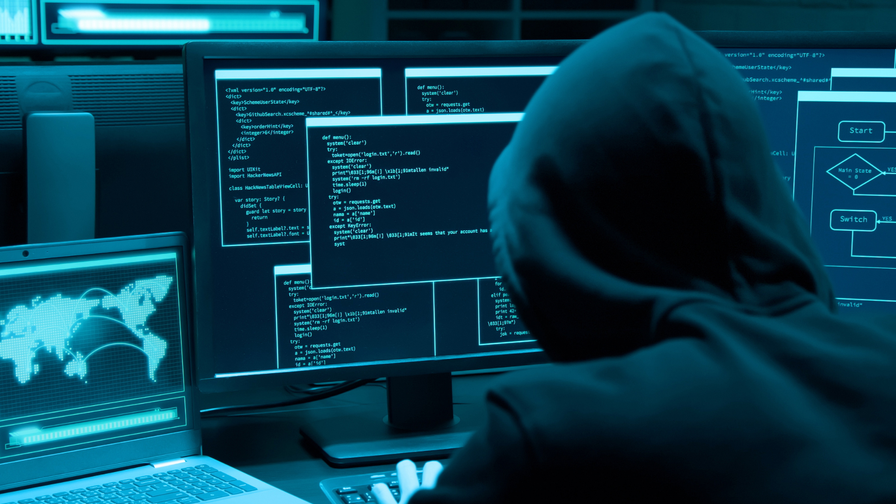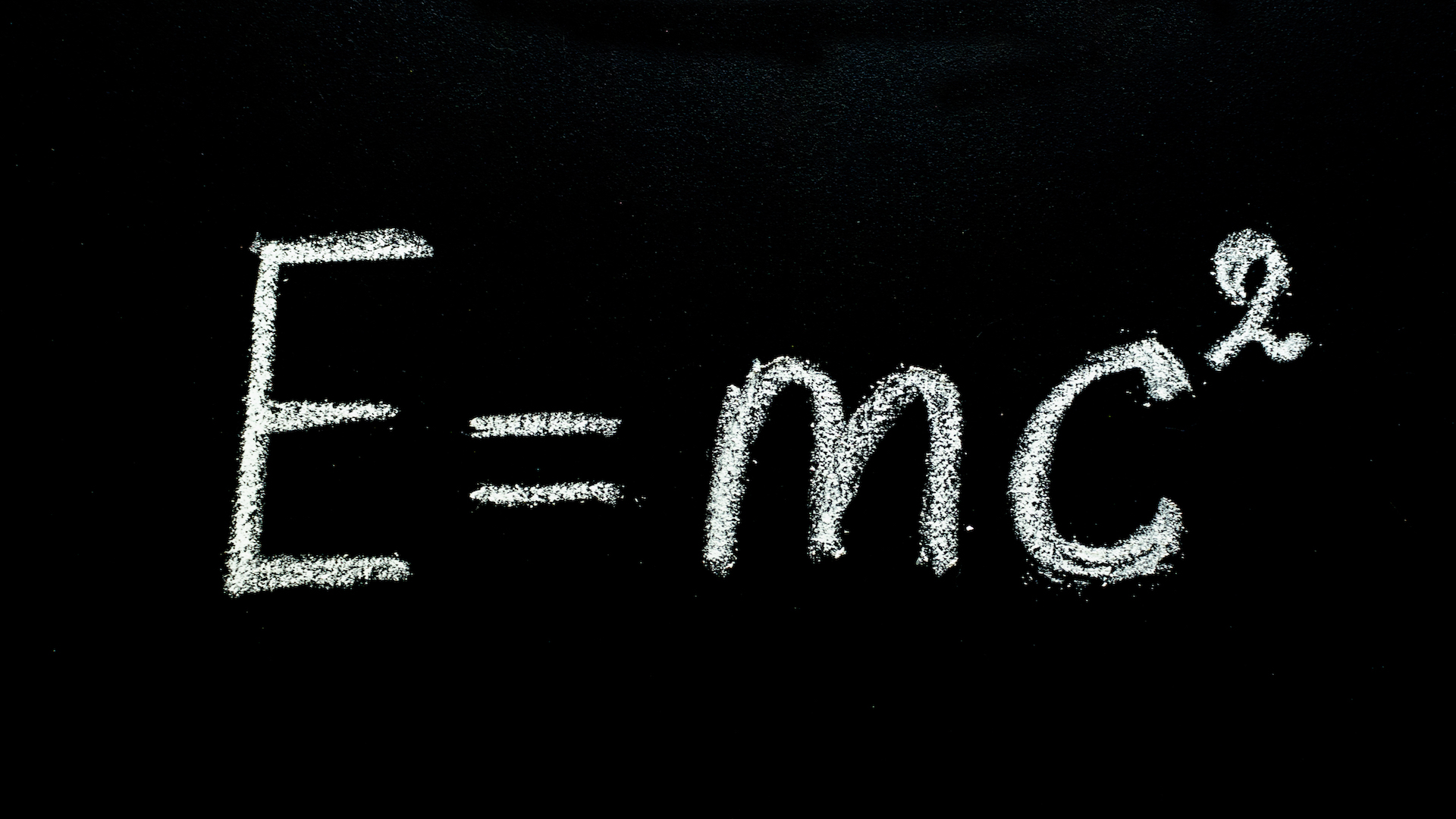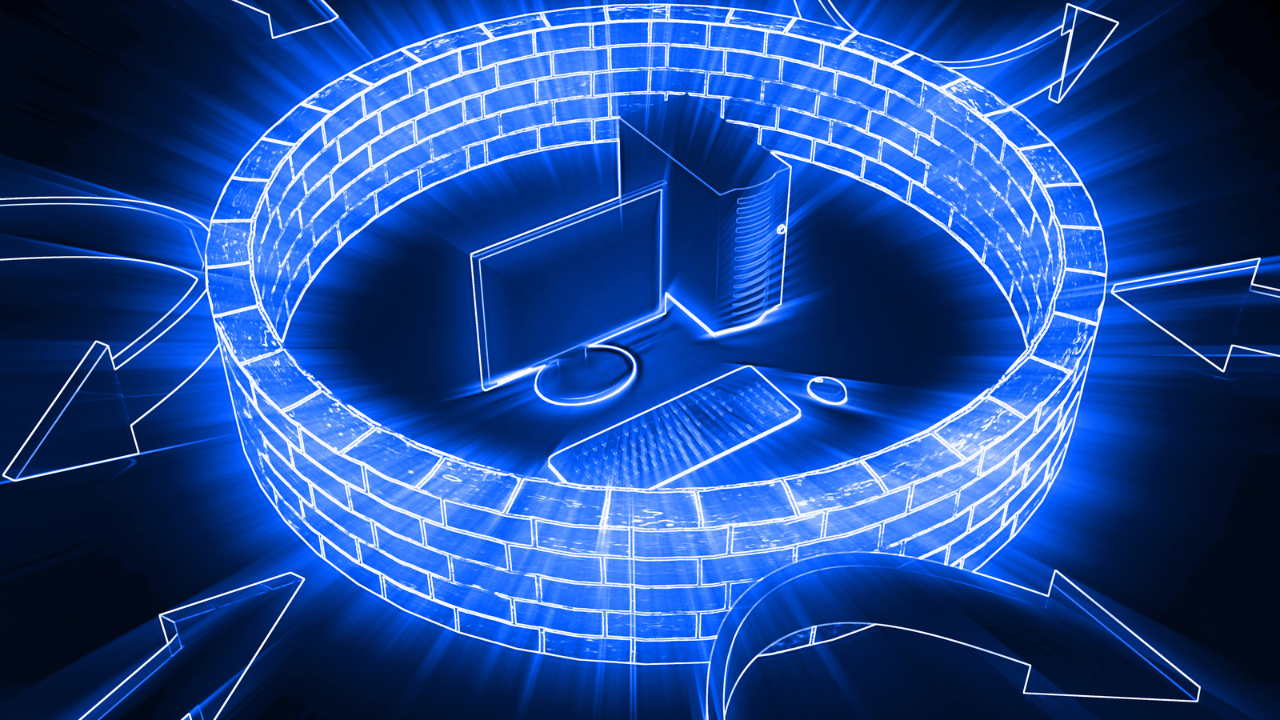In a revelation that has captured global attention, the Pentagon has released an extensive report detailing hundreds of unidentified aerial phenomena (UAP), commonly referred to as UFOs. While most sightings have been linked to mundane explanations such as drones or weather balloons, a subset of cases remains unresolved, continuing to fuel speculation and intrigue. Despite advanced investigative techniques and extensive resources, these unresolved sightings pose critical questions about technology, national security, and the unknown.
Between May 2023 and June 2024, the Pentagon's All-domain Anomaly Resolution Office (AARO) reviewed an astonishing 757 new UFO reports, contributing to a growing global dataset of over 1,600 sightings. Many of these phenomena were readily identified as human-made or natural, including satellites, drones, and atmospheric anomalies. However, the remaining incidents, particularly 21 cases deemed “unexplainable,” defy conventional understanding.
These unresolved sightings often feature accounts of unusual spherical objects, flashing lights, and even triangular craft. In some instances, these phenomena have been observed in proximity to restricted airspace or sensitive military installations, sparking concerns about potential surveillance or advanced foreign technologies. While officials have consistently stated there is no evidence to suggest extraterrestrial involvement, the lack of definitive answers raises broader questions about what these phenomena could represent.
The 21 Cases That Defy Explanation
Despite the identification of around 300 cases, the 21 unresolved sightings have attracted intense scrutiny. Among the most intriguing reports are those from trained military pilots and commercial aviation personnel. Witnesses have described mysterious craft that appeared to shadow their movements, perform maneuvers beyond the capabilities of known aircraft, or narrowly avoid mid-air collisions.
These incidents often lack sufficient data to draw firm conclusions. Investigators are hindered by limitations in existing radar and imaging technologies, as well as the fleeting nature of many encounters. AARO Director Jon Kosloski has expressed his own frustrations, stating, “Even with my background in physics and intelligence, some cases leave me without answers.”
While alien technology has been ruled out for now, officials acknowledge that these anomalies could represent advanced but terrestrial technologies or even experimental craft from foreign adversaries. Regardless of their origin, they highlight potential vulnerabilities in national security and aerospace safety.
National Security Concerns and Public Curiosity
The unresolved sightings have reignited public and congressional interest in UAPs. Lawmakers have ramped up demands for transparency, with several congressional hearings dedicated to exploring how the government investigates and handles such reports. This increased scrutiny reflects a growing acknowledgment that understanding UAPs is not merely about solving mysteries but also about addressing potential threats.
Some experts have cautioned against jumping to conclusions, emphasizing that most unexplained phenomena likely have earthly origins. However, recurring patterns and extraordinary descriptions challenge simple categorization. For instance, one pilot reported observing a "jellyfish-like object" emitting pulsating lights, a description that has no immediate analog in conventional aerospace technology.
Public curiosity has also grown, fueled in part by increased media coverage and declassified documents. While some see these incidents as proof of cutting-edge military technology, others speculate about the possibility of phenomena that defy current scientific understanding.
Scientific Exploration and Future Directions
The Pentagon’s approach to UAPs has shifted significantly in recent years. Once dismissed as fringe concerns, UFO sightings are now the subject of rigorous scientific analysis. The AARO has pledged to prioritize transparency and data-driven investigations. Currently, 243 cases remain under review, with the 21 unresolved sightings receiving heightened attention.
Experts have proposed several paths forward. One suggestion is to invest in next-generation surveillance systems capable of capturing high-resolution imagery or improving radar detection. Another recommendation involves fostering international cooperation, as UAP sightings are a global phenomenon. Sharing data and insights across borders could help identify patterns and commonalities, advancing understanding.
Additionally, researchers are calling for collaboration between military, scientific, and civilian organizations. By pooling expertise, the hope is to refine methodologies and reduce the ambiguity that has plagued UAP investigations thus far.
Balancing Transparency with Security
The Pentagon faces a delicate balancing act. While the public demands greater transparency, national security concerns often limit what information can be disclosed. Many sightings occur near sensitive installations, and revealing too much could inadvertently expose vulnerabilities. Nevertheless, officials have recognized the importance of maintaining public trust by releasing periodic updates and reports.
In congressional hearings, some lawmakers have pressed for the establishment of independent oversight to ensure objectivity. Others have advocated for the inclusion of non-governmental scientists to bring fresh perspectives to the investigation process.
Despite the intrigue surrounding UAPs, most experts caution against interpreting these phenomena as evidence of extraterrestrial activity. Instead, they point to more plausible explanations, such as advanced drone technologies, atmospheric phenomena, or classified military projects.
Yet, the possibility of encountering something entirely new cannot be dismissed. The scientific process thrives on such enigmas, pushing boundaries and challenging preconceived notions. Whether these sightings eventually lead to breakthroughs in aerospace technology or deeper understanding of natural phenomena, they underscore the need for open-minded, methodical inquiry.
The ongoing investigations into UAPs have implications far beyond national security. They touch on fundamental questions about our understanding of the universe and humanity’s place within it. Whether the phenomena are terrestrial or something more profound, they force us to confront the limits of current knowledge.
The AARO’s work is far from complete. As new cases emerge and existing ones are re-examined with fresh tools and perspectives, the hope is to move closer to definitive answers. However, the nature of these phenomena—fleeting, elusive, and often poorly documented—means that the mystery may endure for years to come.
A Global Effort to Solve a Universal Puzzle
While much of the focus has been on UAP sightings in the United States, the phenomenon is far from isolated. Countries worldwide have reported similar occurrences, prompting calls for a coordinated international response. By sharing data and collaborating on research, nations could accelerate progress in understanding these anomalies.
Several governments have already begun sharing their own findings. For example, Japan, Brazil, and the United Kingdom have declassified documents related to UFO encounters. These efforts demonstrate a growing recognition that UAPs are a global issue requiring a unified approach.
The Role of Emerging Technologies
Advancements in technology could play a pivotal role in resolving the UAP mystery. High-resolution satellite imaging, AI-driven analysis, and machine learning algorithms could all help detect and classify unidentified objects with greater accuracy. Similarly, improved radar systems might capture more detailed flight paths, providing crucial context for investigations.
However, technological improvements alone will not suffice. Effective collaboration between scientists, engineers, and military personnel is essential to ensure that these tools are used effectively.
As the Pentagon’s investigations continue, the enduring mystery of UAPs remains both a challenge and an opportunity. Whether these sightings are eventually explained as foreign intelligence operations, cutting-edge aerospace technologies, or natural phenomena, they remind us of the vastness of the unknown.
For now, the skies remain a canvas of unanswered questions. With each new report, the possibility of groundbreaking discoveries—or unsettling revelations—keeps the world watching. The search for clarity continues, driven by curiosity, science, and the pursuit of understanding.





















0 Comments